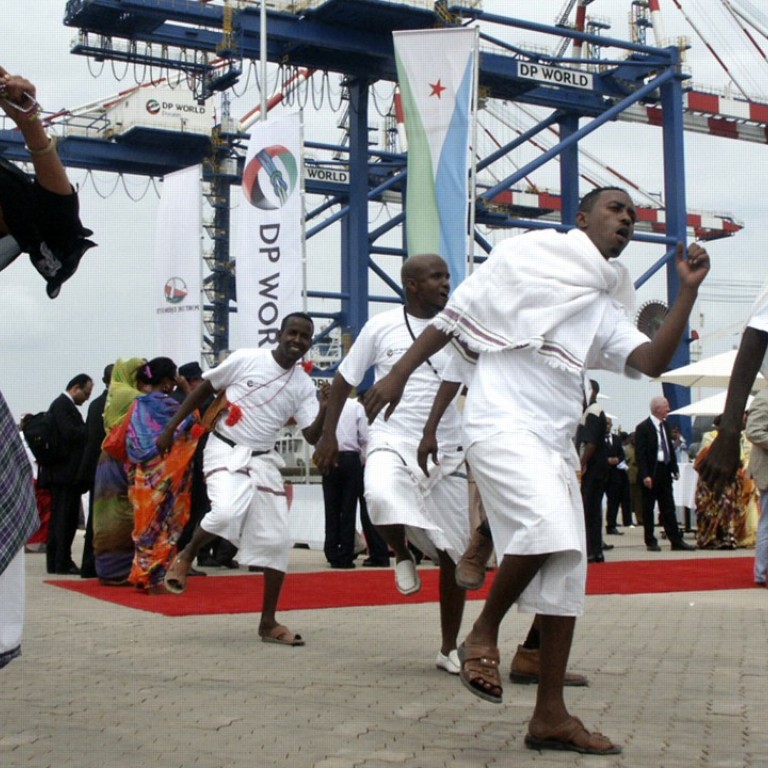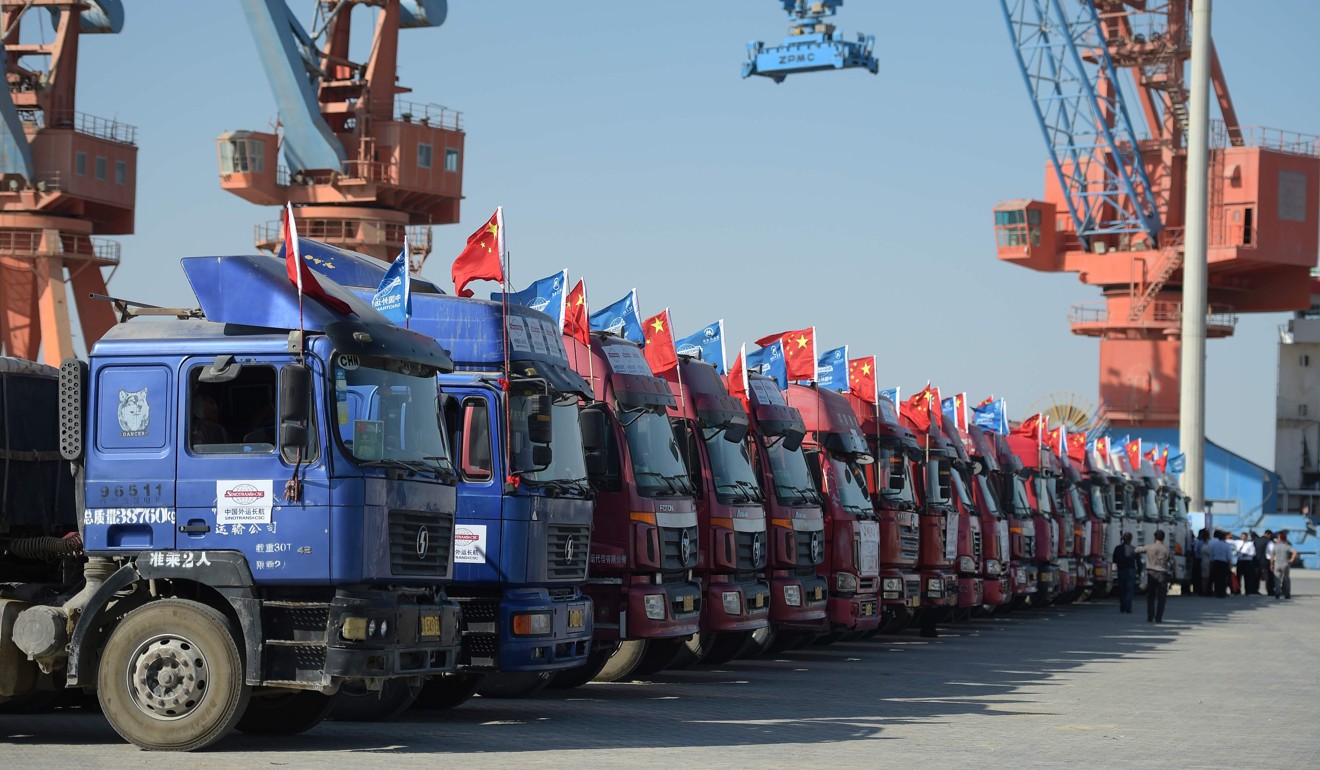Advertisement
Advertisement

India crafts its own ‘string of pearls’ to rival China’s naval jewels in the Indian Ocean
Rob Edens says India is scrambling to secure alliances as China extends its naval dominance in the Indian Ocean, India’s traditional area of influence
When it comes to the Indian Ocean, New Delhi is hedging its bets against an assertive China. India and France recently signed a strategic pact opening up their naval bases to each other’s warships across the Indian Ocean. This comes two years after a similar deal with the United States and signifies a web of strategic trust to thwart Beijing’s expansion into India’s traditional area of influence.
In recent years, Beijing’s push to contain India has become more frenetic, including signing agreements with Myanmar, Sri Lanka, the Maldives and Pakistan. India’s deal with France is therefore an escalation of New Delhi’s capacity to project power. It grants the Indian navy access to strategically important French ports – including one in Djibouti, home to China’s single overseas military base and a focal point of strategic competition for the Indian Ocean. The installation can host over 10,000 troops and serves as a springboard for Chinese navy operations across the Indian Ocean.
China’s Djibouti military base: ‘logistics facility’, or platform for geopolitical ambitions overseas?

New Delhi has long feared being encircled in what is called China’s “string of pearls”, a network of installations in the Indian Ocean. The vision that global influence hinges on naval supremacy was most clearly articulated in China’s 2015 defence white paper, which demanded that the navy move from “offshore waters defence” to “open seas protection”.
Albeit belatedly, India has realised that it needs to match China’s assertiveness
India is trying to get a foothold in Djibouti as well. Offering easy access to the Gulf of Aden and to key oil supply and trade routes, the port nation is strategically valuable. China’s relationship with the country’s president Ismail Omar Guelleh has led some to believe that Beijing is looking to kick out France, Japan, Italy and the US, who pay top dollar for access to the port. Showered with preferential loans and visiting Beijing regularly, Guelleh dismissed US concerns over allowing the Chinese to set up shop. He also seized privately operated port facilities, raising fears among other allies that they are about to be gifted to Beijing.
The Chinese navy’s system of alliances are a tactical nightmare for India since they limit its navy’s ability to counteract China’s moves across the Indian Ocean. With Pakistan’s Gwadar port, Beijing has struck a particularly sensitive nerve: a combined Pakistan-China maritime border fuses two of India’s most pressing strategic challenges into one. There are also reports of a Chinese military base planned in nearby Jiwani, and another in Bangladesh. These projects will embed China’s military in India’s backyard, with strategic access to the Bay of Bengal.
India can strike anywhere in China with new nuclear-capable missile, government says
In early March, India got a taste of what an advanced Chinese navy presence means for its ability to operate in its usual proving grounds. After the pro-Chinese president of the Maldives declared a state of emergency, India sent aircraft and ships to its southern bases but called off any strong action after China dispatched its own naval combat force there.
Driven by India into China’s arms, is Nepal the New Sri Lanka?
But India is not sitting idly by while China tries to make the Indian Ocean its own. Prime Minister Narendra Modi finalised an agreement for a new base in the Seychelles and negotiated military access to naval facilities at Oman’s port and airfields this year. A pact allowing deployments from each other’s naval facilities was signed with Singapore in 2017. With expanded bases on the Andaman and Nicobar Islands at the end of the Malacca Strait, India is raising the stakes in the fight over the waters of Southeast Asia.
Albeit belatedly, India has realised that it needs to match China’s assertiveness. India’s “Act East” policy and Washington’s “Free and Open Indo-Pacific” concept are starting points for pushing into China’s traditional waters in return. India might just be able to one-up Beijing and expand its reach into the Pacific. After all, the result of these joint military agreements is that Indian warships now have access to their own “string of pearls”, from Madagascar, via Djibouti, Oman and Seychelles, all the way to Singapore.
Rob Edens is a London-based researcher and commentator
This article appeared in the South China Morning Post print edition as: India builds its own naval ‘string of pearls’

Post